Grocery shopping feels routine, but every aisle is a carefully crafted marketing maze. Supermarkets use layout, lighting, and product psychology to influence what ends up in your cart. From the scent of fresh bread to “buy one, get one” offers that aren’t really deals, every detail is meant to keep you shopping longer and spending more. Once you know the strategies, you’ll never look at your grocery run the same way again. Here are twelve sneaky tricks to watch for.
Eye-Level Product Placement

The most expensive or high-margin items are often placed right at eye level, where you’re most likely to grab them. Budget brands and store-label alternatives sit lower or higher on the shelf. A glance up or down can reveal the same product for far less.
The “Fresh Bread” Scent Strategy

That warm, comforting bakery smell near the store entrance isn’t an accident. Many supermarkets pump it through vents or bake it in-house during peak hours to trigger appetite and impulse buying. It’s all about creating a cozy, hunger-inducing atmosphere before you even grab a cart.
Endcap Displays That Aren’t Real Deals
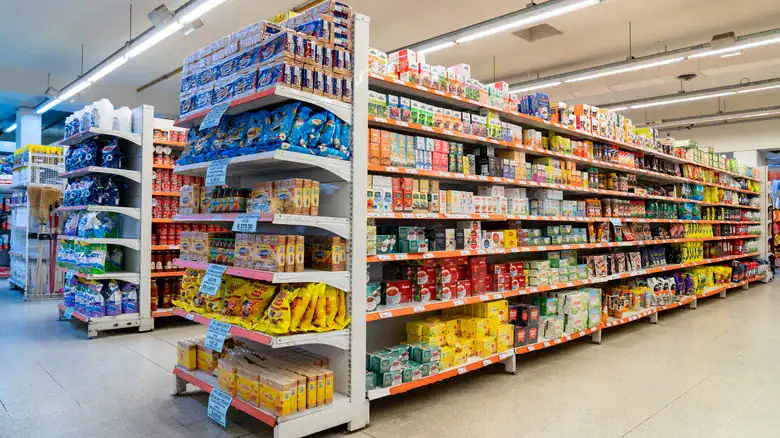
Those colorful end-of-aisle displays look like sales, but often, they’re just full-priced products positioned for visibility. Brands pay stores for that premium placement. Always check the shelf tag and price per unit before assuming it’s a bargain.
The Long Walk for Essentials
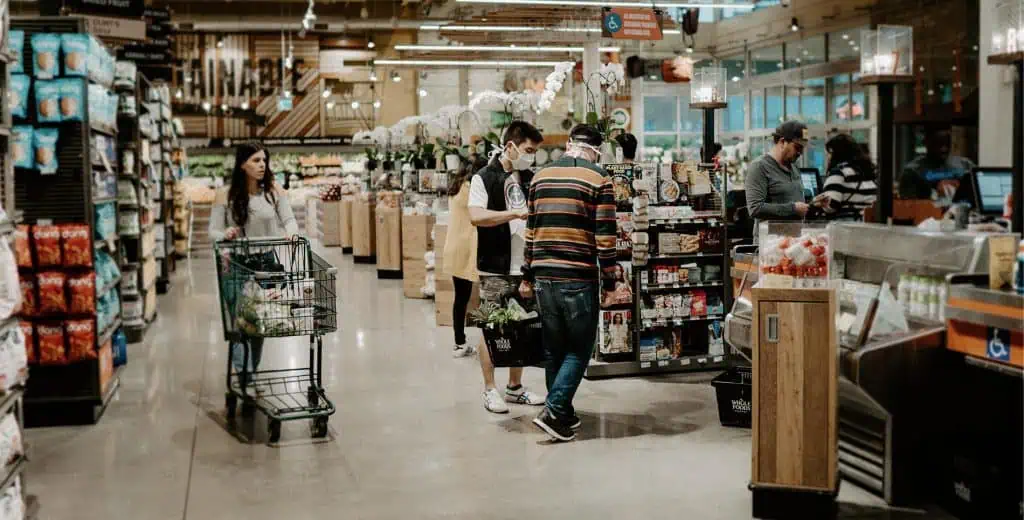
Milk, eggs, and bread, the things everyone needs, are usually placed at the back of the store. Why? To make you walk past dozens of tempting items first. That “quick milk run” often turns into a full cart of unplanned buys.
Shrinking Packages, Same Prices
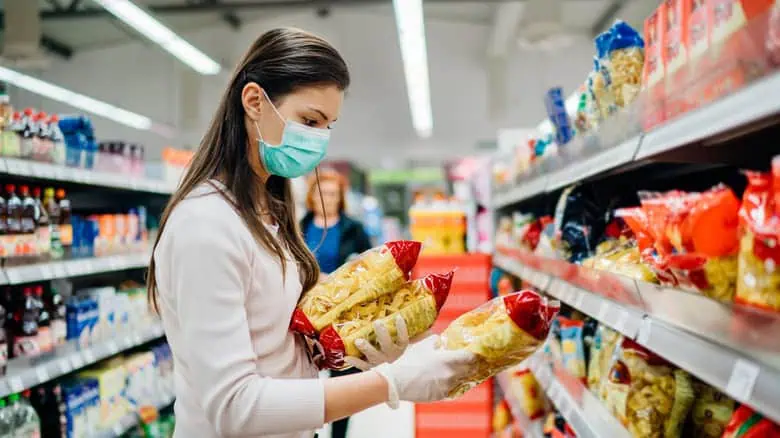
Shrinkflation is one of the most common tricks today: smaller boxes, same price tag. Cereal, chips, and paper goods are frequent culprits. Compare net weight or sheet count instead of relying on packaging size, it’s the easiest way to catch quite price hikes.
“Buy One, Get One” Illusions
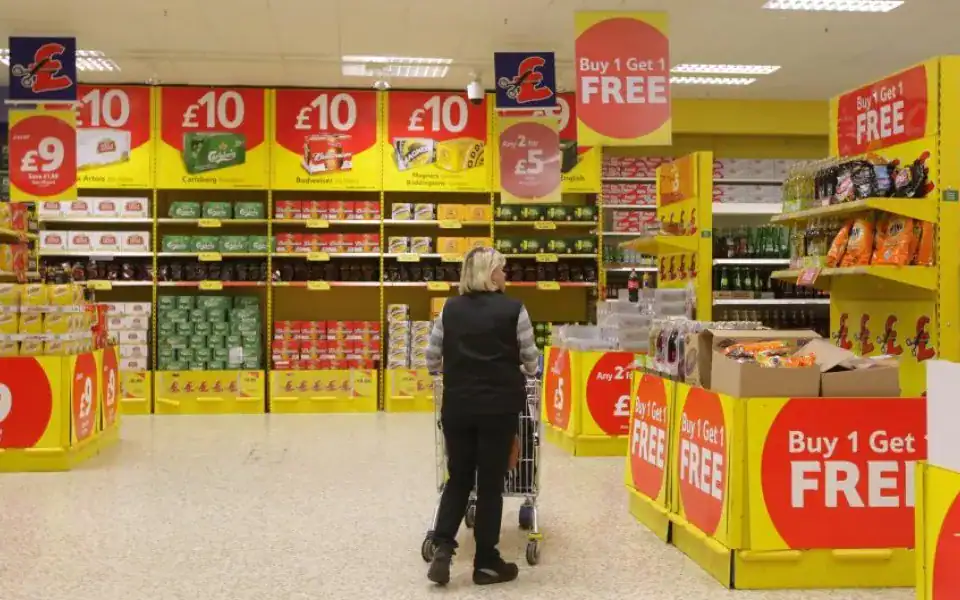
BOGO deals sound irresistible, but not all are true savings. Some stores raise base prices right before promotions, or the offer applies only to lesser-known sizes. Unless you actually need both items, these deals can trick you into overspending rather than saving.
Slower Music and Wider Aisles
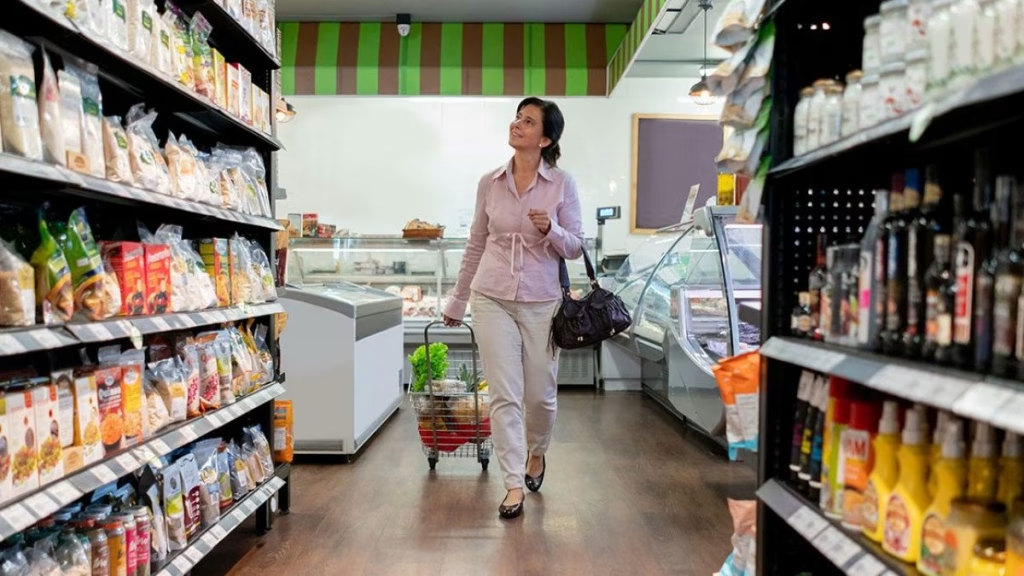
Supermarkets use slower-paced background music to subtly relax you, encouraging you to browse and buy more. Wider aisles and soft lighting enhance the calm mood. The goal is simple: keep you comfortable, unhurried, and ready to linger longer.
Loyalty Card “Discounts”
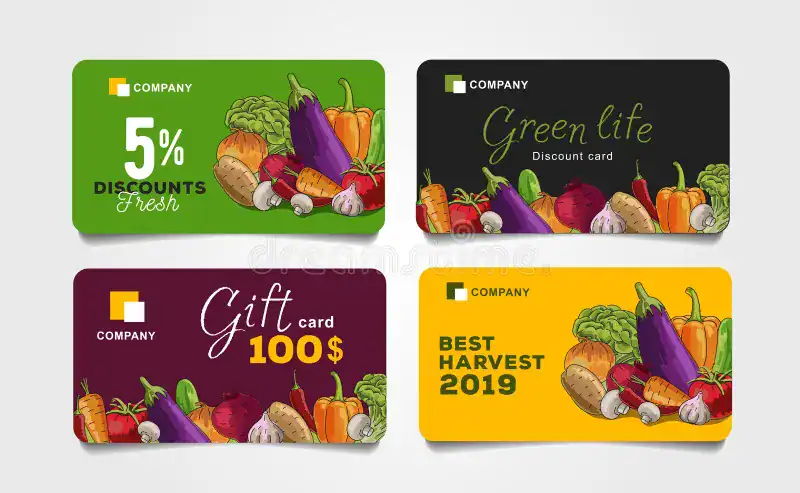
Store loyalty cards promise exclusive deals, but they also collect detailed data about your habits. Prices without the card are often inflated, making “savings” feel bigger than they are. While cards can help, remember you’re trading privacy for a few cents off.
Impulse Buys at Checkout

Candy bars, gum, and mini gadgets by the register exist for one reason: boredom buying. After 30 minutes of shopping, your self-control is low and your patience is thinner. That last-minute chocolate bar isn’t an accident; it’s a perfectly placed temptation.
“Organic” Shelf Clustering

Stores often group organic or “natural” products in premium sections, even if they’re nearly identical to generic alternatives. The clean packaging and separate displays create a psychological sense of quality and justify higher prices for minimal difference.
Fake “Local” Labeling

Many brands use words like “farm-fresh” or “local” even when products come from across the country. Since labeling rules are flexible, this phrasing often means regional distribution, not nearby sourcing. Always check the fine print if true locality matters to you.
Strategic Store Layouts

The flow of your grocery store isn’t random it’s engineered to guide your path. Essentials like produce, dairy, and meat sit far apart, forcing you through multiple aisles. That increases your exposure to impulse buys and “specials” you didn’t plan for.
